Green Revival: Innovative Forest Restoration & Reforestation
- August 19, 2024
- 0 comment
Explore the pioneering paths of forest restoration and reforestation in our detailed guide on ‘Green Revival.’ Learn how these vital efforts are revolutionizing the recovery of our planet’s vital green spaces, ensuring a healthier, more sustainable future.
What is Forest Restoration?
Forest restoration is the process of renewing and recovering forest ecosystems that have been degraded, damaged, or destroyed. It aims to recreate, initiate, or accelerate the recovery of the ecological functionalities of a forest, which may have been lost due to factors such as deforestation, invasive species, or disturbances from human activities. The ultimate goal of forest restoration is to restore the structure, productivity, and diversity of native forests, which provide crucial habitats for wildlife, contribute to the global carbon cycle, and support human livelihoods through ecosystem services like clean water and air.
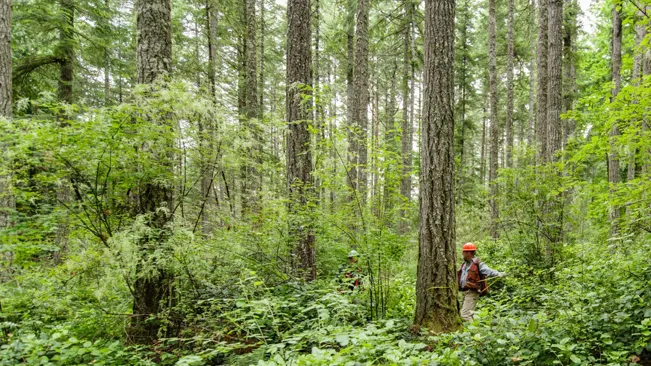
The approaches to forest restoration can vary widely depending on the specific needs of the area, the extent of degradation, and the desired outcomes. Techniques may include active interventions like the planting of native tree species, controlled burns to manage undergrowth and promote the health of certain tree species, and the removal of invasive species that compete with native flora. Alternatively, passive restoration may be employed, allowing nature to regenerate on its own with minimal human interference. Successful forest restoration projects often require long-term commitment and collaboration among governments, local communities, and environmental organizations to ensure that restored forests are sustainable and resilient.
What is Reforestation?
Reforestation involves planting trees on lands where forests have been cut down or degraded, aiming to restore ecological balance and enhance environmental health. This process is critical in areas affected by logging, agriculture, or natural disasters. By replenishing tree populations, reforestation helps stabilize the climate, improve air quality, and support biodiversity.
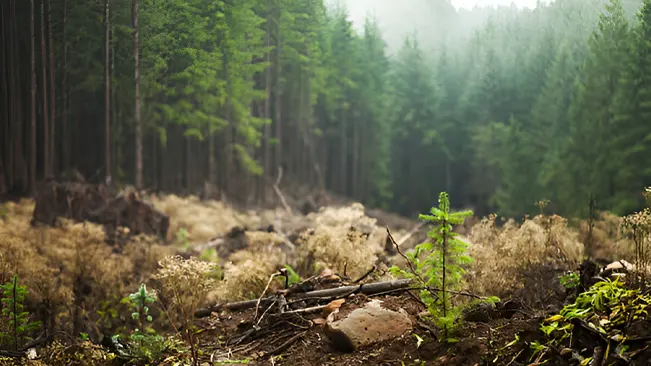
The strategy for reforestation varies based on the specific goals, whether to maximize biodiversity, restore native forest ecosystems, or simply to increase tree cover for commercial purposes. It often requires careful planning to select appropriate tree species and planting methods that ensure the new forest can thrive, offering a sustainable solution for damaged ecosystems.
What Types of Restoration Exist?
Seedling Planting
Seedling planting is a cornerstone method in forest restoration projects, where it plays a crucial role due to its efficiency and speed in establishing tree cover. This approach primarily involves the planting of young trees, which can be native or exotic species depending on the restoration goals. Decision-makers can opt for a mono culture, where a single species is planted, or a mixed planting strategy that includes a variety of native species to mimic natural forest conditions.

The selection of species often favors fast-growing types, which can quickly improve environmental conditions by enhancing canopy coverage and soil stability. This method is particularly noted for its direct impact on landscape transformation, offering a quicker route to ecological recovery compared to slower methods like direct seeding.
Agroforestry
Agroforestry systems (AFS) integrate trees with crops and or livestock within the same agricultural system, creating a symbiotic environment where each component benefits the other. This method is especially popular in regions dominated by small-scale farming, where it supports productive forest restoration.
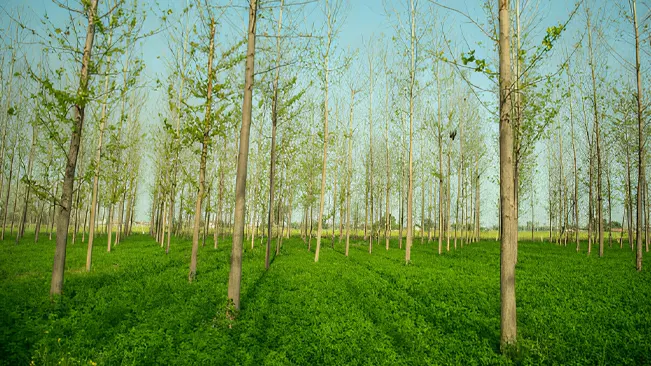
Trees such as bushes, palms, and bamboos are incorporated with agricultural operations, fostering a productive landscape that maintains ecological balance. Agroforestry is valued for its dual role in enhancing biodiversity and providing economic returns to local communities. The system is designed to sustain both agricultural productivity and forest conservation, making it a versatile solution in efforts to restore and utilize land responsibly.
Assisted Natural Regeneration
Assisted natural regeneration (ANR) is a technique focused on accelerating the recovery of forest ecosystems by enhancing the natural regenerative processes. This method involves minimal human intervention, such as the removal of invasive species or the management of competing vegetation, to promote the growth of native flora.
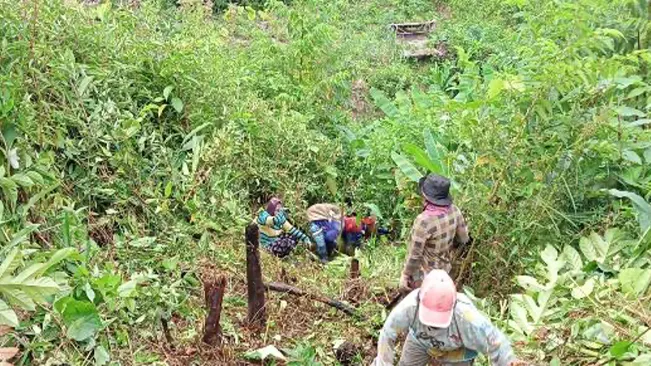
Human actions may also include pest management and soil quality assessments to support the regeneration process. ANR is particularly effective in areas where natural seed banks and residual vegetation can be encouraged to reclaim degraded landscapes, thereby reducing the need for more intensive restoration methods like planting.
Natural Regeneration
Natural regeneration, also known as spontaneous regeneration, primarily occurs in areas designated as permanent preservation zones under environmental regulations. This technique relies on the inherent ability of ecosystems to heal themselves without direct human intervention. The key strategy here involves protecting and isolating the area from further disturbances, allowing ecological processes to naturally restore the vegetation cover.

Monitoring is essential to ensure that the regeneration process is progressing, but the approach fundamentally depends on letting nature take its course. This method is best suited for areas with a strong potential for self-recovery, where human impact is minimized to facilitate a more organic growth of the forest ecosystem.
What is Natural Regeneration?
Natural regeneration refers to the process by which forest ecosystems recover from degradation without direct human intervention. This method relies on the existing seeds, plants, and organic material in the environment to spontaneously grow and restore forest cover. It is most effective in areas where the ecological conditions still support growth and where human disturbances can be minimized to allow the natural recovery processes to proceed.
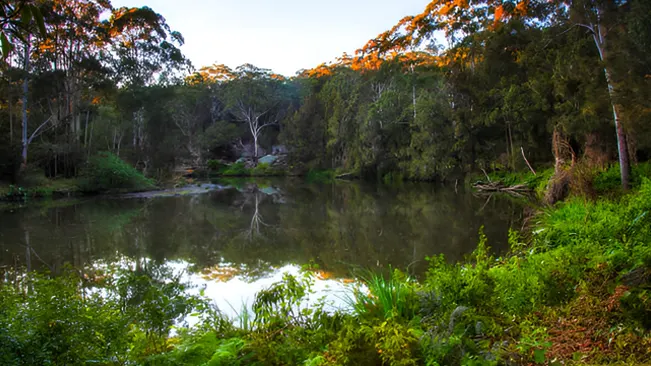
This technique is often employed in conservation areas or regions designated for permanent preservation. By simply protecting these areas from further disturbances like logging or grazing, and occasionally managing invasive species or assisting in soil recovery, the natural dynamics of the ecosystem are allowed to heal the landscape. This approach is cost-effective and sustainable, emphasizing the forest’s intrinsic ability to regenerate itself.
Why is Forest Restoration Important?
Biodiversity Conservation
Forests are critical reservoirs of biodiversity, harboring an extensive range of species, many of which are unique or threatened. Restoring forests is not just about planting trees but about recreating a complex ecosystem that supports various forms of life.
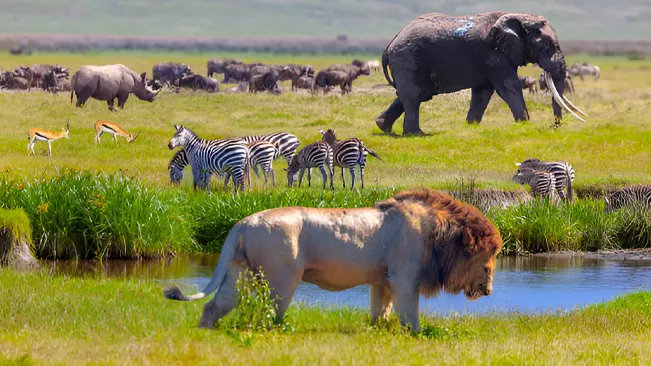
This includes providing essential habitats, food sources, and protected migration paths that are crucial for the survival of many species. By reintroducing native plants and trees to an area, restoration projects also help restore the balance of the ecosystem, allowing natural food webs and reproductive cycles to re-establish themselves.
Climate Change Mitigation
Forests climate change mitigation are potent carbon sinks, meaning they absorb more carbon dioxide from the atmosphere than they emit. The process of photosynthesis converts CO2 into biomass, locking it away in tree trunks, branches, leaves, and roots, as well as in organic soil components.

Restoring forests on degraded lands or expanding forest areas increases the total carbon sequestration capacity of the planet, which is essential for mitigating global warming. This restored green cover also helps reflect solar radiation and cools the atmosphere, contributing further to climate control.
Water Regulation
Forests play a pivotal role in hydro logical cycles. They capture fog and increase rainfall through transpiration, where water is released from leaves into the atmosphere. Trees also help regulate stream flow and water quality, as their roots bind the soil and their canopy reduces the speed of rain impact.
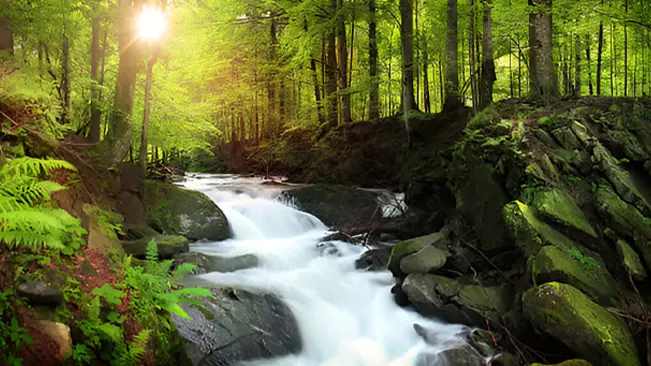
This combined action reduces surface runoff, prevents erosion, and ensures that water filters slowly through the soil, replenishing groundwater supplies and improving water quality by natural filtration processes.
Erosion Control and Soil Fertility
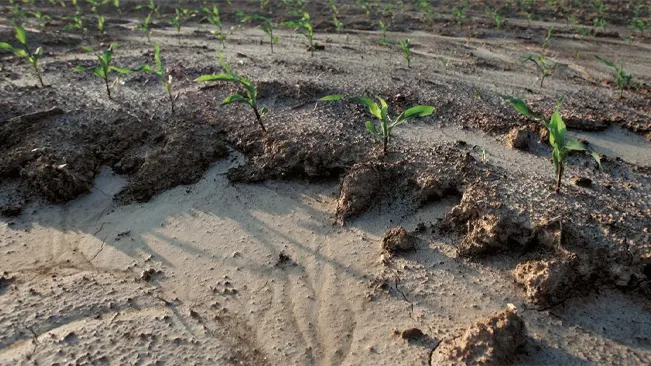
Tree roots stabilize the soil and reduce erosion caused by wind and water. The leaf litter and other organic matter provided by trees enhance the structure of the soil, increasing its fertility and water-holding capacity. In forest restoration, reintroducing native tree species and allowing organic cycles to resume plays a critical role in rebuilding soil health, which is vital for sustaining agriculture and natural flora.
Livelihoods and Economy
Forests provide numerous resources that local communities depend on for their economic well being, including wood, fiber, food, and medicinal plants. They also support industries such as timber, tourism, and traditional crafts.
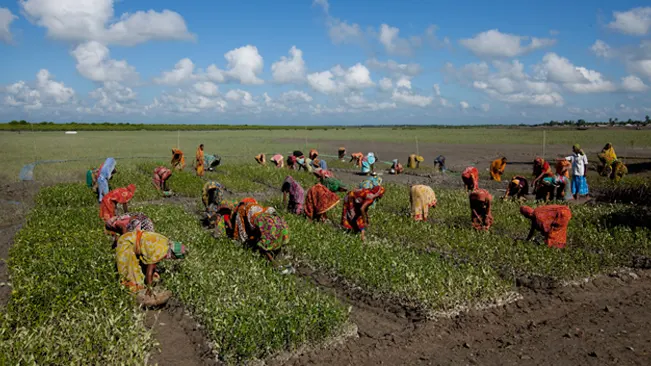
By restoring forests, these resources can be sustainably managed to support local economies while preserving ecological functions. Additionally, healthy forests attract ecotourism a growing sector that can provide significant income to rural areas.
Conclusion
In conclusion, forest restoration and reforestation are not merely environmental initiatives, but foundational strategies for sustaining and enhancing our planet’s health and biodiversity. These practices play a crucial role in combating climate change, preserving water quality, stabilizing soils, and revitalizing rural economies. Beyond their ecological and economic benefits, they restore cultural values and enhance the resilience of landscapes against environmental stresses. As we continue to face global environmental challenges, the commitment to restoring and reforesting our forests emerges as a vital pathway towards a more sustainable and resilient future. It’s a collective endeavor that requires the participation of governments, communities, and individuals alike, underscoring our shared responsibility to nurture and protect our natural world for generations to come.
FAQs
- What is forest restoration?
Forest restoration involves renewing and recovering forest ecosystems that have been degraded, damaged, or destroyed, aiming to return ecological functions and biodiversity. - How does reforestation differ from forest restoration?
Reforestation specifically involves planting trees in areas where forests have been removed, often due to deforestation, while forest restoration can include a variety of techniques to restore the overall health and functionality of forest ecosystems. - Why is forest restoration important?
Forest restoration is crucial for biodiversity conservation, climate change mitigation, water regulation, soil stabilization, and providing livelihoods. It helps maintain ecological balance and supports human well-being. - What are some common methods used in forest restoration?
Common methods include planting seedlings, assisted natural regeneration, controlling invasive species, and employing agroforestry practices to integrate trees with agricultural activities. - How does reforestation help combat climate change?
Reforestation helps absorb carbon dioxide from the atmosphere through photosynthesis, storing carbon in trees and soil, which helps mitigate the effects of climate change. - Can reforestation and forest restoration improve water quality?
Yes, by stabilizing soil and reducing runoff, forests can filter and purify water, improving water quality and reducing pollution in rivers and streams. - What are the challenges of forest restoration?
Challenges include selecting appropriate species for reforestation, dealing with invasive species, securing funding, and ensuring long-term maintenance and protection of restored areas. - How long does it take to see the benefits of forest restoration?
The time frame can vary widely depending on the ecosystem and the methods used, but some benefits can be observed within a few years, while full ecosystem recovery may take several decades. - Are there any economic benefits to reforesting degraded lands?
Yes, reforesting can provide economic benefits such as improved crop yields, forest products like timber and non-timber forest products, and potential revenues from ecotourism and carbon credits. - How can individuals contribute to forest restoration and reforestation efforts?
Individuals can contribute by supporting reforestation projects, participating in local tree planting events, promoting sustainable land-use practices, and educating others about the importance of forests.

Joel Cunningham
Forestry AuthorI'm Joel Cunningham, an expert in pruning and weed management with over a decade of experience. My skills are rooted in formal training and extensive practice, focusing on advanced pruning techniques and efficient weed control. I'm known for my quality work, precision, and deep understanding of plant health and soil dynamics. My contributions extend to educational initiatives where I share sustainable practices and advice, establishing myself as a reliable and authoritative figure in the gardening community.


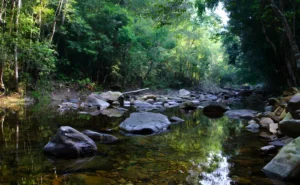

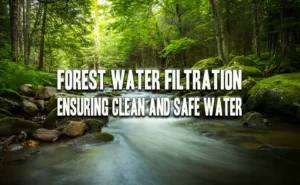
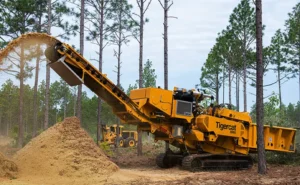
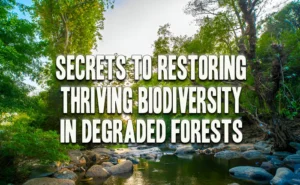

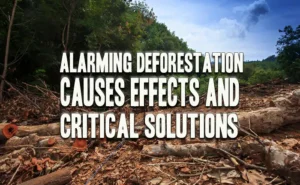


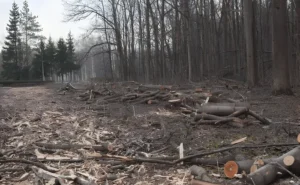
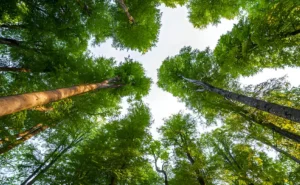
Leave your comment